Google’s 2024 Core Update and its New Spam Policies
SEO
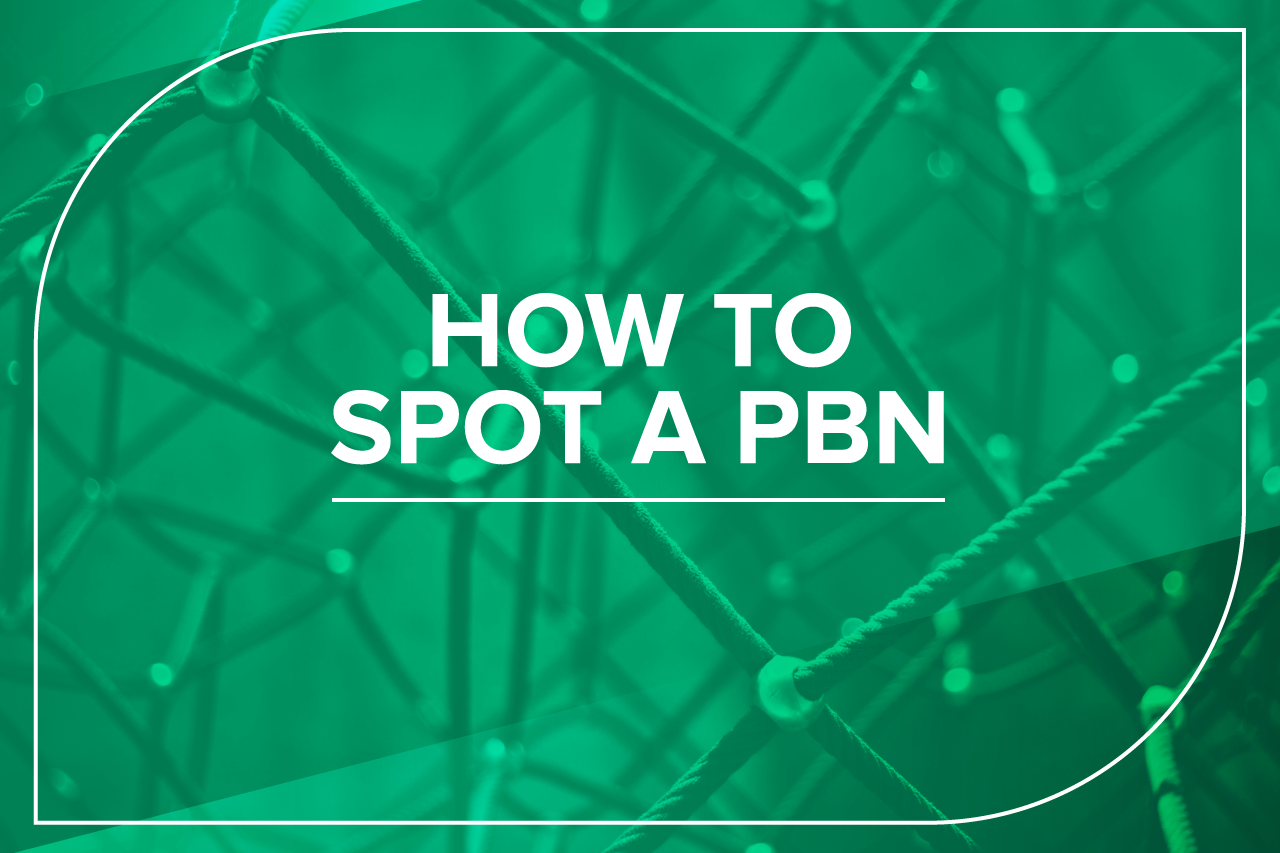
The moment you get involved in link building, you hear about a thing called PBN. For quite some time, it was a buzzword in SEO and a common and popular strategy. But what is a PBN?
PBN is the acronym for Private Blog Network. There is already a lot of information: It is a network of blogs or websites that are owned by the same person or organisation, hence private because they are in one hand.
The purpose of such a network was to build links to one website. Creators of PBNs would often buy expired domains that have an existing backlink profile and some authority in their niche. They then added content and links to a commercial website to pass on authority and boost rankings. That technique used to work until Google became aware of this way to manipulate rankings. Not only is it no longer valuable to use PBNs for link building, it also is a risk as most PBNs get quickly penalised by Google.
If Google already has penalised most PBNs a few years ago, why would we still care about this as an SEO agency?
The answer is easy: Even if a website has been penalised, the site is still on the web and especially people that get involved in paid link building are still using those sites to try and sell you “valuable” links. It might also be the case that Google’s algorithm hasn’t spotted the PBN yet, but you never know what could trigger it.
There also used to be so-called SEO agencies that were specialised in building PBNs and sold that as a valid link building strategy. Some of them are still around and they are still selling those services to those who don’t know better.
That is why it is important for you to recognise the red flags.
Nowadays, also PBNs have evolved and some of them are done in a professional way that would not easily give it away. But there are still old PBNs around and you will always find lazy link builders taking a short cut.
Those PBNs are easy to spot because they might not have hidden their WHOIS domain information, they host all domains on the same server or IP and even use the same design or themes. If that is the case, it is worth checking their content. You can copy and paste paragraphs into Google and see if more than one result shows up. If those websites are hosted on the same servers, use the same design and even publish the same content, you can be sure that you have encountered a PBN. But it isn’t always that easy and creators of PBNs know how easy it is to recognise such patterns. They take precautions.
Another good indicator are keyword rankings and traffic. Tools like SEMrush or Ahrefs can provide estimates for those figures. The lower those numbers are, the more likely it is that the website does not have much value.
There is one thing they cannot hide: their backlink profile. After all, it is the one thing they want Google to see. That means that you can see it too.
A PBN is meant to be a network of websites linking to each other, those websites are often not topically related. Those are two hints what to look out for. For this analysis we can use Majestic to check the topical TrustFlow and the referring domains. The ratio of follow and nofollow links can also be a good indicator.
We will look at three different websites, two in German and one in Italian:
| Coinkurier.de | Spielregeln.de | Correre.org |
| Topic: News about crypocurrencies | Topic: Game rules | Topic: Running |
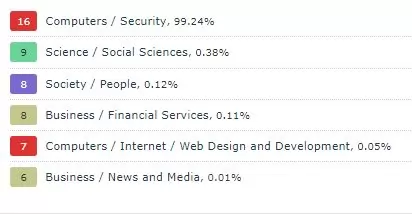 |
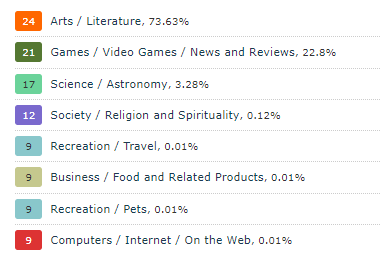 |
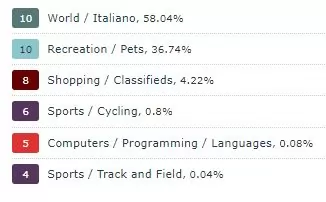 |
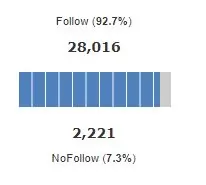 |
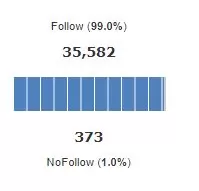 |
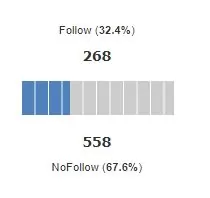 |
If we look at those figures, the first thing we notice is that none of those domains has a particulary high topical TrustFlow within the actual topic. For the cryptocurrency domain, to be about computers and security still seems acceptable, but game rules associated with arts and literature already becomes questionable and the domain about running doesn’t seem to have many backlinks that are related to that sport. The domain is in Italian, but it is not about the Italian language, nor is it about pets.
In a recent post about nofollow links, we could establish that the biggest news sites have between 10 and 20% nofollow links in the backlink profile. That seems to be a natural ratio of an authoritative website. In the above examples, we see a domain with only 1% nofollow links – it does not take an algorithm and machine learning to get the idea that something might be manipulated there. The 67% of nofollow links too should certainly make suspicious and make you investigate further.
One other thing that is noticeable for the Italian domain is the ratio between English and Italian that Majestic flags as well:
In the next step, we look at the referring domains. The first thing we notice is that there are a few domains that link to the domain in question multiple, up to thousands of times:
That in itself doesn’t mean that we have a PBN, but it makes suspicious, especially if two of them are very similar domains for the same market and the third one suddenly targets a completely different market, in that case Peru.
In the next step, we look at the referring domains of each of those domains that link to the one in question.
An obvious example is the cryptocurrency domain:
We then take that first domain in the list and check the referring domains:
There are in total only 7 referring domains. That in itself is a red flag (not a sure sign though as it could just be a young website). We go a bit further down the list and we see this:
That domain that links to the original domain 1500 times only has 4 referring domains. Still, it is not a proof for a PBN, but the red flags keep on piling up as we repeat this check.
The backlink profile of the Italian domain is even more interesting:
The first domain claims to be a medical website that has a topical TrustFlow in the business niche. It is followed by an English website about animal pictures and another Italian website about funny pictures. We also see here domains related to art and paintings and there’s also the firefighters linking to the website about running. It is a field of red flags.
If we now put those domains one by one into majestic, we will see some of them linking to each other, domains that only have one referring domain and a very colourful mix of topical TrustFlow.
All these are indicators for a PBN and as an SEO agency we would advise to not reach out to them for a link. If you have been hit by a Google penalty, those are the types of links to watch out for in your backlink profile.
Recognise the red flags. In any case, even if you are doing link building through relationship building and digital PR, every once in a while, you will be asked to pay for the link placement. That might be tempting in certain cases, but it is always worth digging a bit deeper.
You also might have noticed how we only mentioned the domain name once in this post and did not link to it. Even without a link a mention can send a positive signal and as an agency that believes in digital PR as a link building strategy, we would not want to point too much to websites that follow black hat techniques but we want you to know about red flags.